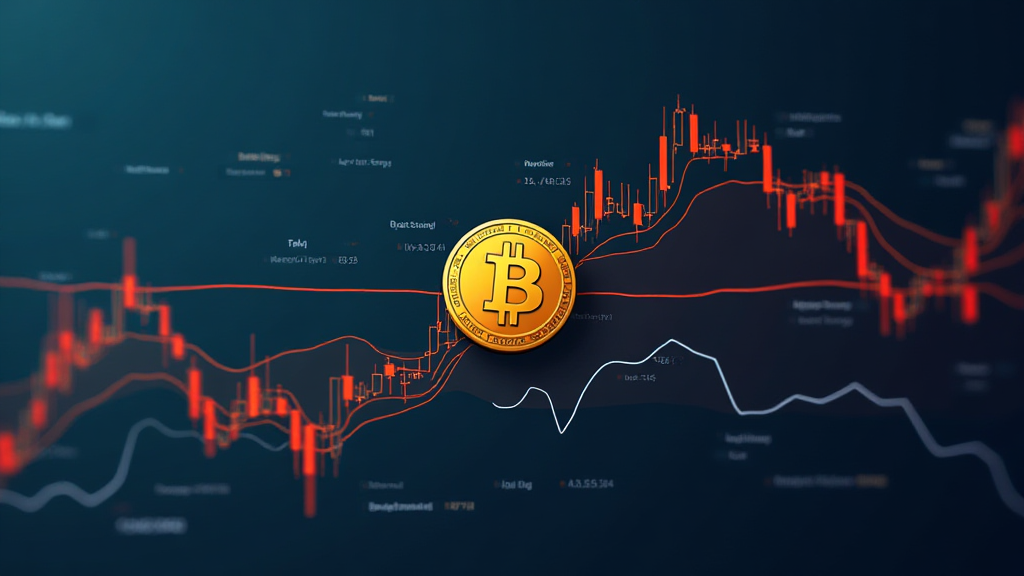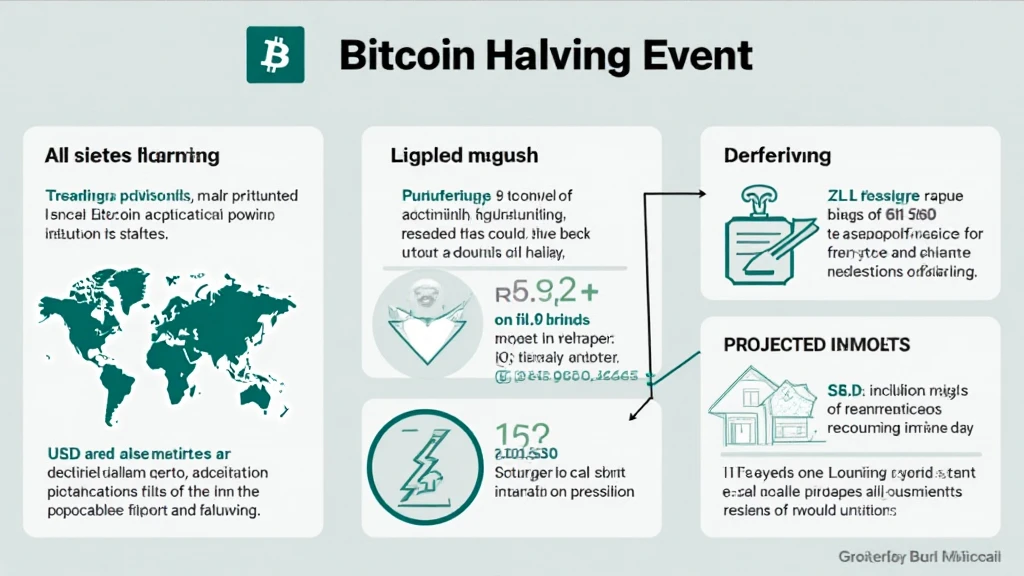Understanding Bitcoin Slippage Tolerance Thresholds
With $4.1B lost to DeFi hacks in 2024, understanding the nuances of cryptocurrency trading has never been more critical. One of the pivotal concepts in crypto trading is the Bitcoin slippage tolerance thresholds. This article delves deep into this vital aspect of trading, providing insights, examples, and practical guidance for traders at all levels.
What is Slippage in Cryptocurrency Trading?
In the fast-paced world of cryptocurrency trading, slippage refers to the difference between the expected price of a trade and the actual price at which the trade is executed. This can occur due to market volatility, particularly in the cryptocurrency market where prices can fluctuate rapidly in seconds.
- Market Orders: These orders execute immediately at the current market price, which can lead to slippage during high volatility.
- Limit Orders: These orders specify the maximum or minimum price at which the trader is willing to buy or sell. They can help minimize slippage.
For instance, if you place a market order to buy Bitcoin at $30,000, but the market has moved and you end up paying $30,500, that $500 increase is your slippage.

Understanding Slippage Tolerance
Your slippage tolerance threshold is the maximum percentage or amount of slippage you are willing to accept on a trade. Setting this threshold helps protect you from excessive losses when executing market orders. In simpler terms, it’s like setting a guardrail on a bridge: it’s there to keep your investments from going overboard.
How to Set Your Slippage Tolerance
When engaging with various exchanges, you’ll often have to set your slippage tolerance. Here’s how to do it:
- Check Historical Price Movements: Understand how volatile a cryptocurrency is by reviewing its historical price movements.
- Consider Market Conditions: During high volatility periods, you may want to increase your slippage tolerance.
- Your Risk Appetite: Tailor your slippage tolerance to match your investment strategy and risk appetite.
Examples of Slippage in Action
Let’s break it down with a real-world analogy. Imagine you’re at a bustling market. You want to buy fresh fruits. The price is usually $5 per pound, but due to numerous buyers, the price jumps to $7 when you reach the vendor. If you’re only willing to pay $6, this represents your slippage tolerance.
The same principle applies to Bitcoin trading. If a trader sets a slippage tolerance of 1% on a Bitcoin purchase at $30,000, he would be willing to accept a price up to $30,300.
The Importance of Slippage Tolerance in the Vietnamese Market
In Vietnam, the rapidly growing crypto market is witnessing an increasing number of new users. The trading volume of cryptocurrencies has surged by over 200% year-on-year. This rapid growth underscores the need for traders to understand slippage tolerance, especially as local exchanges may experience volatility spikes due to inexperience among participants.
Vietnam’s Crypto Landscape
According to recent studies, about 34% of Vietnamese respondents have invested in cryptocurrencies. As the market continues to expand, understanding fundamental trading parameters, including tiêu chuẩn an ninh blockchain, becomes essential for safeguarding investments.
Tools and Strategies to Manage Slippage
To effectively navigate slippage, consider utilizing these tools:
- Advanced Trading Platforms: Platforms like Binance and Coinbase offer features to set slippage limits before executing trades.
- Algorithmic Trading Bots: Bots can automate trading using predefined slippage settings, allowing for more efficient order execution.
- Market Analysis Tools: Tools like TradingView can provide insights into price movements and volatility, helping you make more informed decisions.
Conclusion
Understanding Bitcoin slippage tolerance thresholds is essential in optimizing your trading strategies. By setting appropriate slippage limits, you can enhance your trading experience and mitigate potential losses.
As the Vietnamese cryptocurrency market continues to grow and evolve, ensuring you’re equipped with knowledge is crucial to navigating this dynamic space effectively. Stay updated with trends and leverage the tools available to manage your slippage proactively.
For more insights and tips on cryptocurrency trading, visit allcryptomarketnews.
About the Author
Dr. Alex Johnson is a cryptocurrency analyst with over 15 years of experience in the blockchain and financial technologies sector. Having published more than 25 papers on digital asset strategies and blockchain security, he is a leading authority on cryptocurrency trends and risk management strategies.





